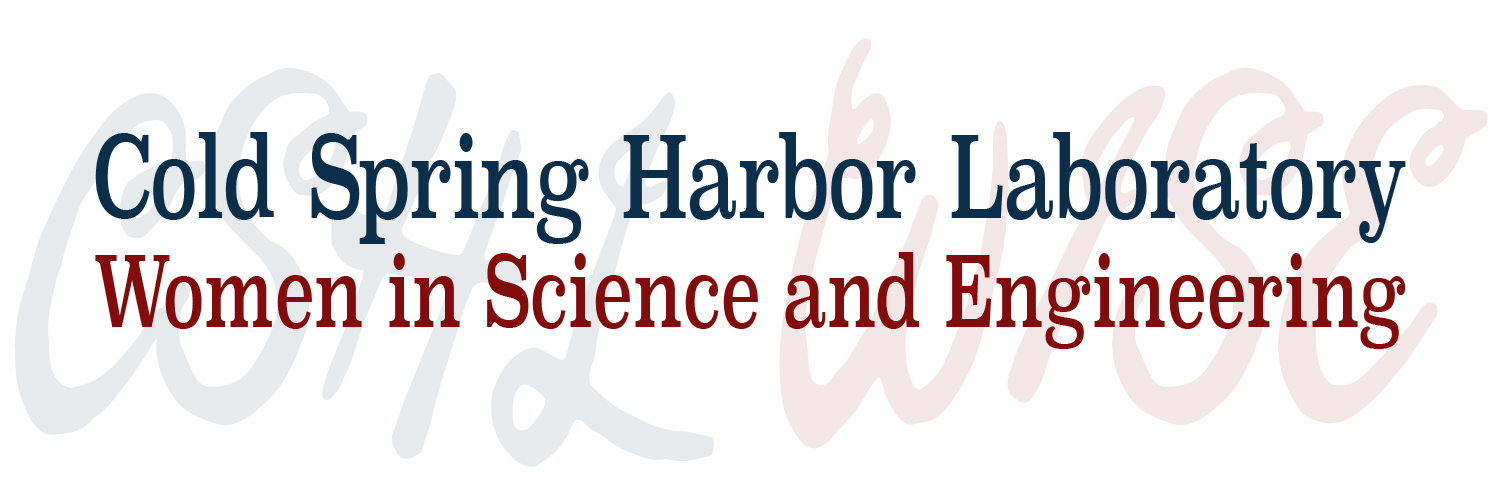
Biochemist Roberta (Bobbie) F. Colman (1938-2019) passed away at the end of 2019, and while you might have missed the news amidst the end-of-the-millenia hubbub, her legacy as an outstanding scientist (she developed methods for studying how protein enzymes speed up reactions) and devoted mentor won’t soon be forgotten.
Colman was raised in New York City and stood out from a young age – in high school she received a Westinghouse Science Talent Search Award and got to meet president Eisenhower. She graduated summa cum laude from Radcliffe College in 1959, then earned a doctorate from Harvard University in 1962. She performed post-doctoral work at the National Institutes of Health (NIH) and the Washington University School of Medicine, where she also became a professor, teaching there for a year before becoming an assistant (and later associate) professor at Harvard Medical School from 1967 to 1973. She then joined the faculty at the University of Delaware, making her the school’s first female biochemistry professor. She remained there until she retired in 2009 as Willis F. Harrington Professor Emerita of Chemistry and Biochemistry.
During this time, she published over 260 scientific papers, graduated close to 30 graduate students, and picked up an honorary doctorate to go with her “normal” one from Harvard in 2014. 260 is a lot of papers – and it wasn’t just because she was “salami slicing” it (that’s where someone splits what should be one journal article into multiple ones to get more papers to their name). Instead, she had so many papers because she was discovering so many incredible things!
In particular, Colman was an expert on NAD-using enzymes. NAD+ is a sort of “helper” molecule that some enzymes use to aid them in speeding up (catalyzing) biochemical reactions. Enzymes are molecules (usually proteins) that speed up biochemical reactions by doing things like holding reacting molecules in the optimal confirmation and providing them with a nice environment to react. This nice environment is often in the form of a little “pocket” in the protein called the active site, and Colman studied how the structure of such sites contribute to the functioning of the enzymes.
Since the enzymes couldn’t talk to her, she developed clever new methods to get them to reveal their secrets. For example, she pioneered the use of a kind of reactive nucleotide analog that mimicked NAD but reacted with the active site once it snuck in. This allowed her to label and probe the active sites of NAD-using enzymes, including some really important metabolic enzymes involved in breaking down molecules for energy and building new molecules. She extended the reactive analog method to study enzymes using similar types of molecules, and other scientists followed suit.
Colman contributed to the scientific community in more ways than “just” making discoveries and publishing papers – Colman found out early in her career that she was being paid much less than her male colleagues, and devoted much effort into supporting female scientists – both through serving as a personal mentor to many and by serving on various boards and national committees including the Committee on Women in Biochemistry and the ASBMB’s Educational Affairs Committee. She served as program director of the University of Delaware (UD)’s Chemistry-Biology Interface Program for 16 years (a program she was instrumental in developing), and in 1985 she became the first woman to receive UD’s highest faculty honor – the Francis Alison Award.
She served as treasurer for the precursor to the ASBMB (American Society for Biochemistry and Molecular Biology) from 1981-1985 and she served on its Executive Council from 1993 to 1996. She was also involved with the American Chemical Society (ACS), service as chair of its division of biological chemistry from 1998 to 2000. She served on the editorial board of numerous journals, including 17 years as an executive editor of Archives of Biochemistry and Biophysics.
Outside of work, she loved to travel, going on far-flung vacations with her husband Robert. And she never gave up her love for learning – she continued to take courses on a variety of topics at UD’s Osher Lifelong Learning Institute after she retired. Colman died August 15, 2019 in Media, Pennsylvania at the age of 81.
